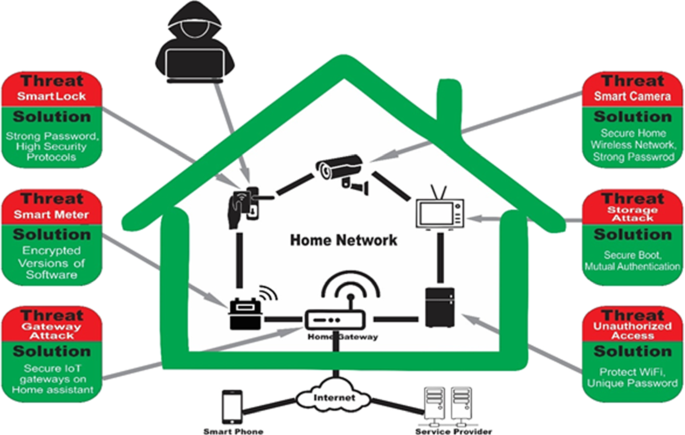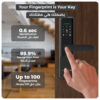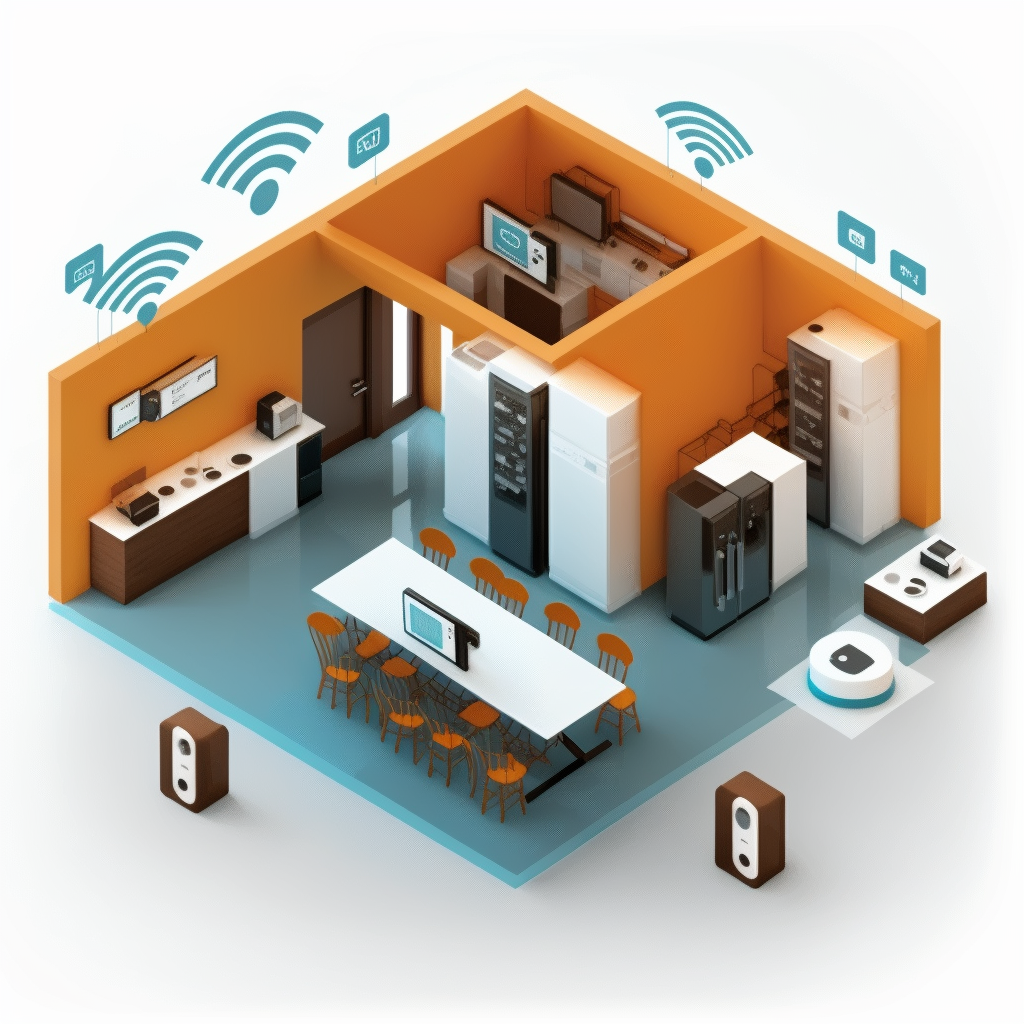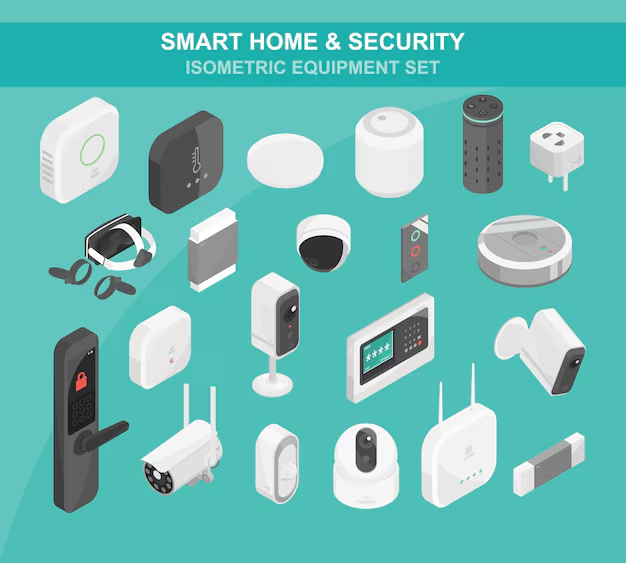The Hidden Dangers and Vulnerabilities of WiFi-Connected Devices Smart Homes: A Deep Dive into Smart Devices Vulnerabilities
In today’s digital age, the allure of smart home devices is undeniable. They promise convenience, automation, and a touch of futuristic flair to our daily lives. But beneath the sheen of innovation lies a pressing concern: security. A recent report suggests that 30% of smart homes have at least one device vulnerable to hacking. How safe are these devices that we’ve so readily welcomed into our homes?
1. The Unseen Threat: How Hackers Target Smart Locks
Smart locks, while revolutionary in enhancing home security, come with their own set of vulnerabilities. The very feature that makes them ‘smart’—their internet connectivity—also makes them susceptible to cyberattacks. Surprisingly, many homeowners remain unaware of this potential threat.
Hackers primarily target the Wi-Fi connection of these locks. An unsecured home Wi-Fi network or a device with default settings is an open invitation for cybercriminals. Once they gain access, they can potentially eavesdrop on conversations, access personal data, or even control the device itself.
Protective Measure:
- Ensure each device has a unique, strong password.
- Consider cybersecurity software like Kaspersky’s Total Security, known for its comprehensive protection against digital threats. Alternatives include Norton 360 or Bitdefender.
2. The Gateway to Your Digital Home: Wi-Fi Networks
Most smart devices, from doorbells to thermostats, connect to the internet via routers. A compromised router can give hackers a peek into your digital life, sometimes even granting them access to video or audio feeds from your home.
A common oversight is the use of routers with default or weak passwords, making them easy prey for hackers. These cyber intruders can monitor device statuses, eavesdrop, or even send commands to connected devices. For those unfamiliar, SSID is essentially your network’s name, and changing it from the default can add an extra layer of security.
Protective Measure:
- Upon router installation, immediately change the default admin password and SSID.
- Regularly update its firmware.
- Set a robust Wi-Fi password with a mix of characters.
- Use a VPN when accessing your devices on public Wi-Fi.
- If your budget allows, try use gateways supporting ZigBee or Bluetooth which make the device less vulnerable to Wi-Fi attacks
3. The Weakest Link: Vulnerable Smart Devices
The rapid growth of the smart device market has led some manufacturers to prioritize speed over security. Devices like smart thermostats, light bulbs, and even kitchen appliances can be exploited by hackers. A breach in one device can potentially expose your entire network.
Many devices utilize Universal Plug & Play protocols for easy connectivity, but this can inadvertently welcome hackers. And if you’re accessing your devices on public Wi-Fi, always use a VPN.
Protective Measure:
- Assign distinct passwords for each device and rename your router to a non-personal identifier.
- Keep your devices up to date with the latest firmware.
- Be wary of smart devices that require you to create an account or share personal information.
4. When Devices Turn Against You
Imagine a hacker changing channels on your smart TV, unlocking your doors, or even accessing the microphone on your smart devices. It’s not science fiction; it’s a reality many unprepared homeowners face.
Research has shown that numerous smart devices, from doorbells to thermostats, can be manipulated in this manner. Often, these devices share passwords with other home devices, granting hackers a golden ticket to your digital realm.
Protective Measure:
- Regularly update your devices and change default passwords.
- Name your devices without using personal identifiers like your surname or phone number.
- Enable two-factor authentication whenever possible.
In Conclusion
The smart home revolution is here to stay, but it’s crucial to prioritize security alongside convenience. By staying informed and taking proactive measures, we can enjoy the benefits of smart homes without the lurking threats.
How are you ensuring your digital haven remains impenetrable? Share your thoughts and tips below!








